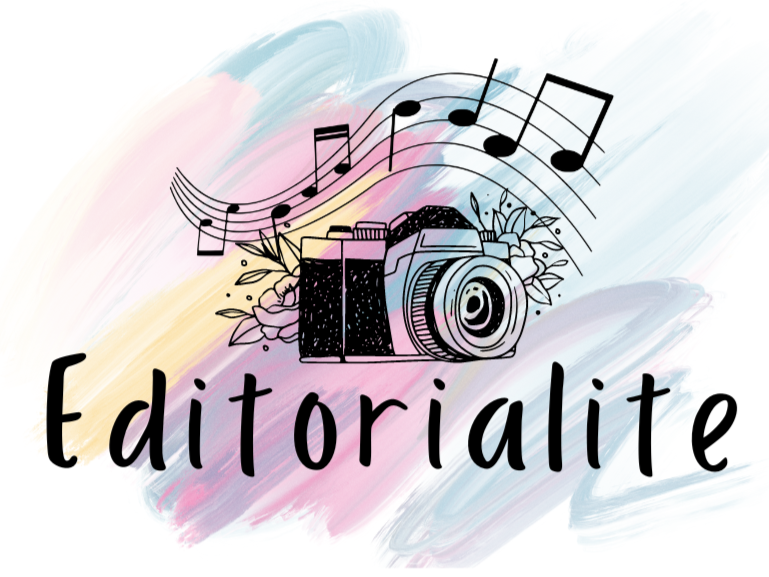You might know that you need to use certain settings when taking pictures, but do you know how to make the most of them? With this article, you can easily learn the tricks and get some great shots!
Camera Settings
When shooting with a camera, it is important to properly adjust the settings to get the most out of your images. You can do this in many ways, depending on the type of photography you are intending to achieve.
Some key camera settings that will affect image quality include shutter speed, aperture, and ISO. Here are some tips on how to optimize each for different types of photography:
1. Shutter Speed
For photos that require a lot of movement or action, setting a slower shutter speed will capture more detail and smoothness in the photo. A good starting point for shutter speeds is 1/60th of a second or slower. If you want to freeze motion, try using a slightly faster shutter speed like 1/200th of a second or faster.
2. Aperture
The size of the aperture determines how much light enters the camera lens and is controlled by an adjustable dial on the back of your camera. The aperture is generally open wider (larger number) when you want to allow more light into the camera to create a brighter photo. It’s closed off (smaller number) when you want less light in so as not to overexpose the photo.
A good starting point for aperture is f/8 for photos that need plenty of depth of field (a range in focus from near to far away). But you can also adjust it if desired.
3. ISO
When photographing with available light, higher ISO settings (like 3200 or 6400) will allow for a greater amount of “noise” in the photo. This can add a bit of texture and color to an image.
However, when shooting in low light or with a longer shutter speed, increasing the ISO might be necessary to avoid too much camera noise. A good starting point for ISO is 200.
Other settings that can impact image quality include white balance, focus, and exposure. White balance is used to correct the color of a photo, while focus adjusts how sharp the image appears in the center and around the edges. Exposure is controlled by a dial on the front of your camera and is generally adjusted to give the photo balanced darkness or lightness (ie. 0-200).
There are a variety of other factors that can affect photo quality. These include the type of camera you are using (SLR vs. compact), lens quality, and photo editing software. However, these three main settings – shutter speed, aperture, and ISO – are the most common and impactful when it comes to image quality.
Tips for Getting the Most Out of Your Camera Settings
There are many ways to get the most out of your camera settings, and each person has their preferences. But by following a few simple tips, you can get great photos without having to spend hours tweaking every setting.
1. Use the Right Lens
A good starting point for camera settings is to use the appropriate lens for the situation. For example, if you’re shooting a landscape photo, use a wide-angle lens. If you’re taking a portrait, use a telephoto lens.
2. Adjust your ISO
One of the simplest ways to improve your photos is to adjust your ISO (International Organization for Standardization). Higher ISOs allow you to capture more light, which can make your photos brighter and easier to print or share online.
However, be aware that higher ISOs also increase the noise in your photo. So be sure to experiment with different settings until you find one that works best for your particular photo situation.
3. Use Shutter Speed and Aperture Together
When taking photos indoors or in low-light situations, it’s important to use a slow shutter speed (less than 1/30th of a second) and an aperture setting high enough. This is so that there’s enough light entering the camera to produce an accurate image.
Conversely, when shooting outdoors in bright daylight conditions, it’s often acceptable to use a faster shutter speed (up to 1/200th of a second). Also, use a lower aperture (to let more light into the camera).
4. Use a Tripod
A tripod is essential for taking accurate photos, especially if you’re shooting in low light or indoors. Using a tripod also helps eliminate camera shake, which can cause your photos to look blurry.
5. Shoot in RAW Format
When you shoot in RAW format, the computer inside your camera can decode and process the image data more accurately than when you shoot in JPEG format. However, RAW photos take up more storage space on your camera card. So be sure to choose the right settings for your photo situation before clicking “capture”.
6. Experiment
There are no wrong answers when it comes to camera settings. The more you experiment, the more you’ll discover what works best for your photos.
Experiment with different settings until you find the combination that gives you the results you’re looking for. And don’t be afraid to ask other photographers for advice – they’re likely to have some great insights to share.

